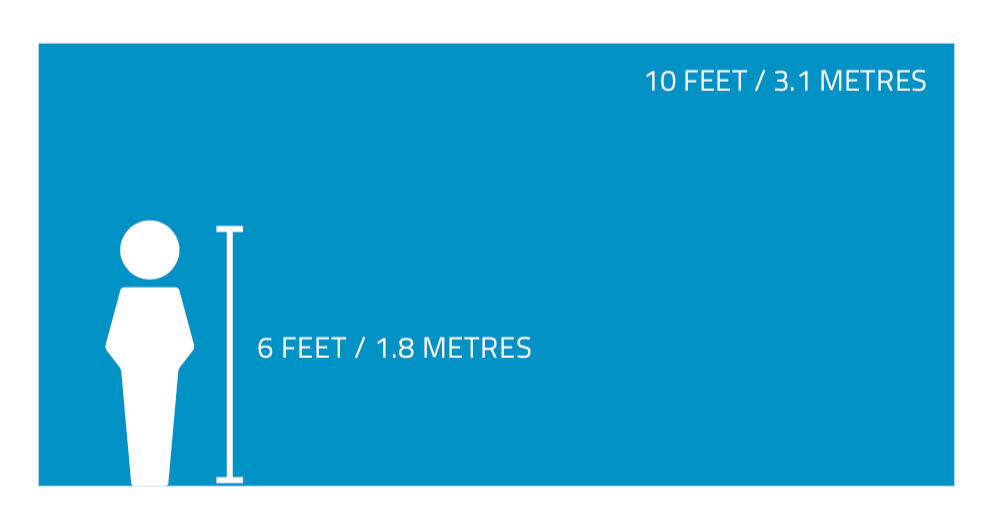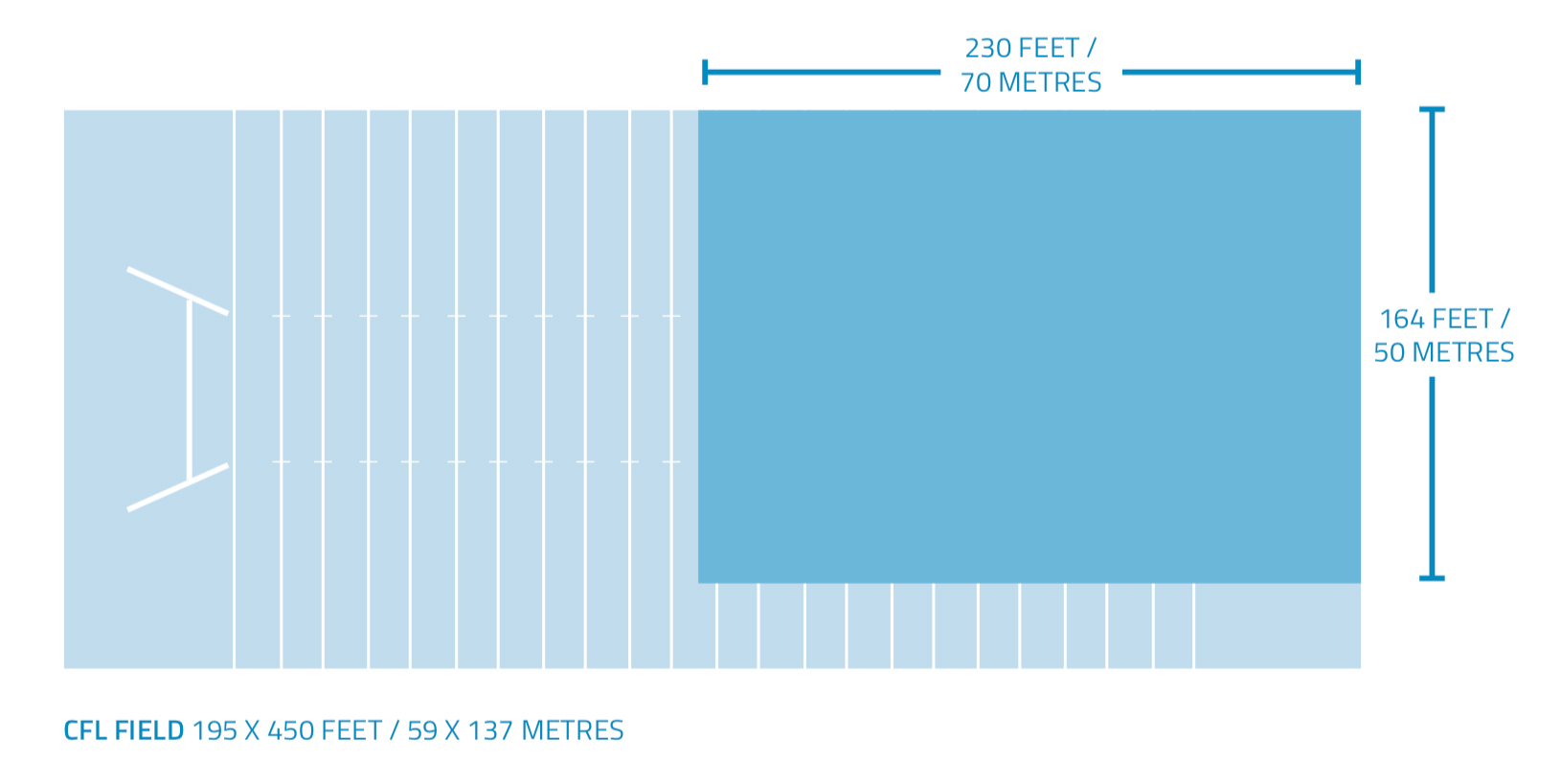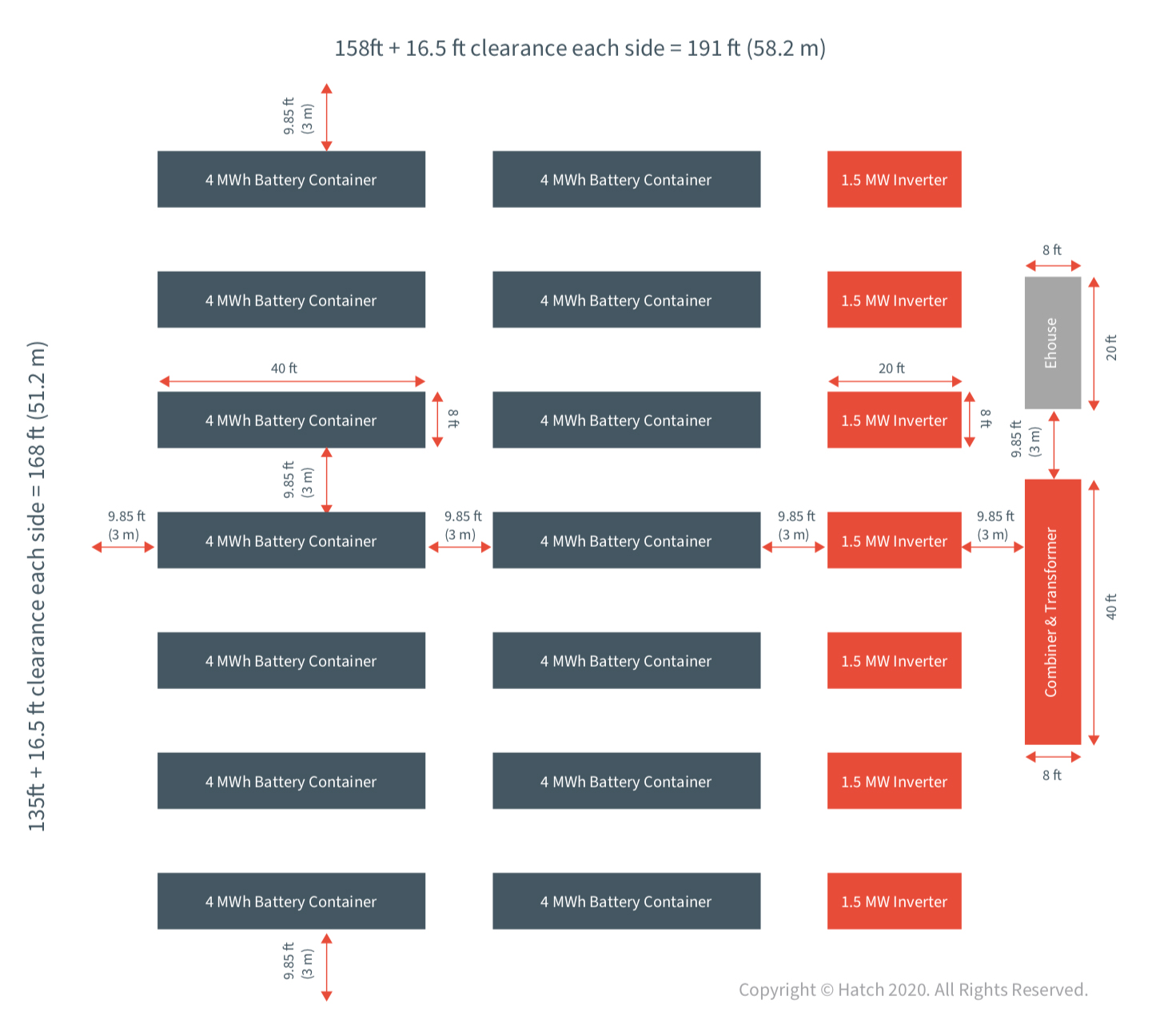- Electricity 101
- Projects and Facilities
- Dawson Diesel Replacement & Relocation Project
- New Thermal Generation
- Whitehorse Hydro Plant
- Aishihik Hydro Plant
- Mayo Hydro Plant
- Liquefied Natural Gas (LNG)
- Diesel Facilities
- Upratings and Refurbishments
- Mayo Lake Enhancement
- Solar
- Grid-scale Battery Storage
- Mayo to McQuesten Transmission Project
- Riverside Substation Upgrades
- Atlin Hydro Expansion
- Repairs to the Boat Lock
- Whitehorse Thermal Permitting
- Callison Substation Upgrade Project
- Electricity in 2030
- Saving Energy
- Standing Offer Program
- Micro-Generation
Battery details
The new battery is a 20 megawatt/40 megawatt-hour battery. The most common battery chemistry for grid-scale battery energy storage systems is lithium ion. It’s flexible and can be charged and discharged many times in its lifetime.
Recycling lithium ion batteries is also possible using a few different techniques including smelting, incineration and cryogenic freezing and shredding. As the use of batteries grows and recycling technology evolves, the best technology at the time will be used to recycle the battery at the end of its life.
Battery measurements
About the same width and half the length of a CFL-sized football field, and about the same height as two people, the new battery energy storage system will be made up of container units that are easier and quicker to install.

Battery type
Containerized system
This is a system of individual battery components inside standard shipping containers that are 8.5 feet wide x 40 feet long. The containers have interior climate controls and are designed to work in our extreme climate.
The layout below is for a typical 10 MW/40 MWh battery. Different battery manufacturers have different standards and ways of laying these out. Depending on which one we go with, there could be fewer or more containers and other small variations.
